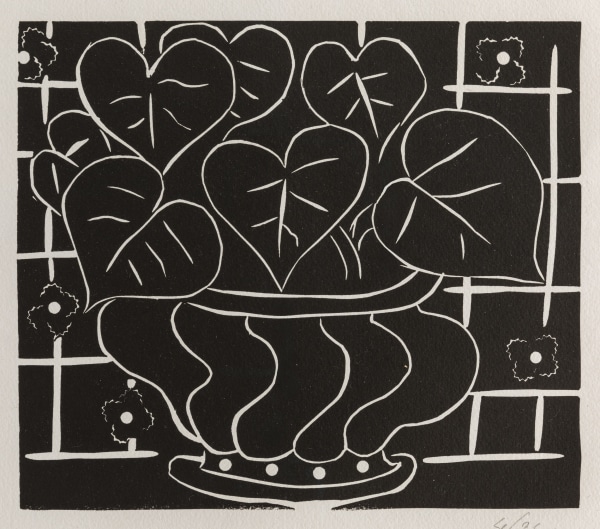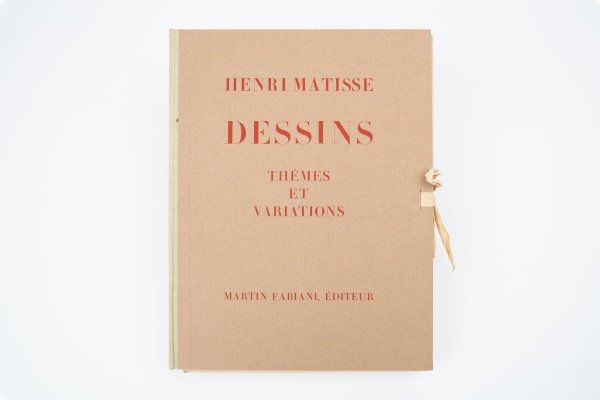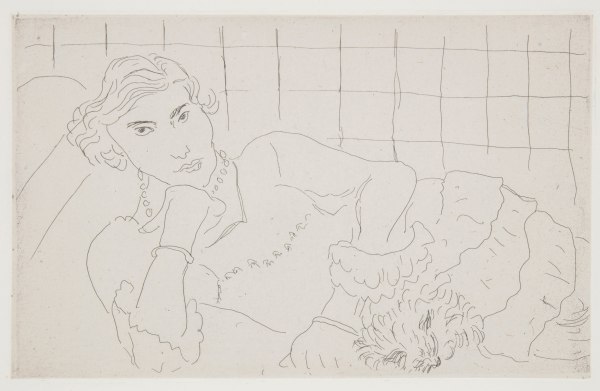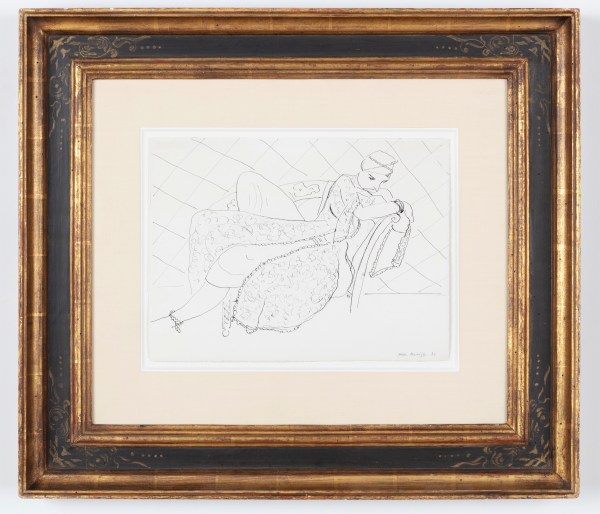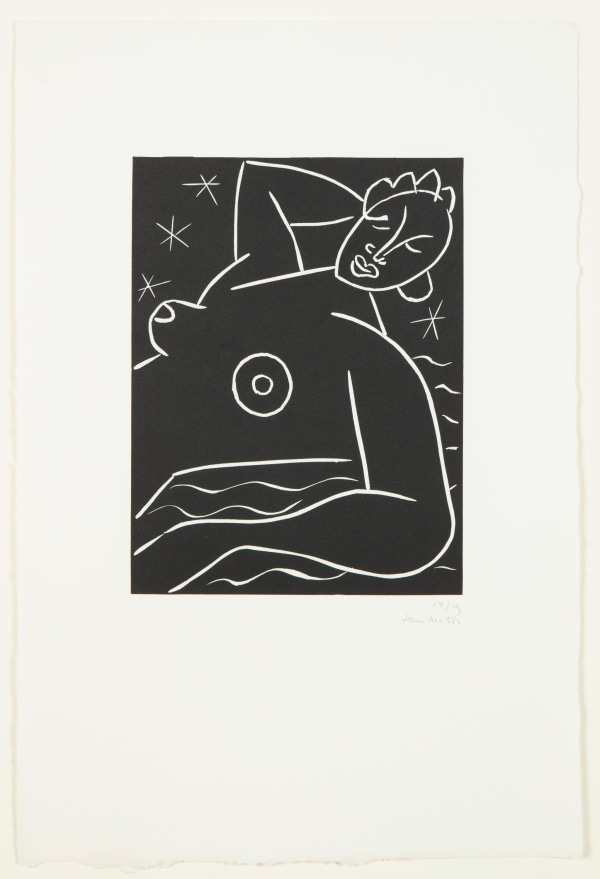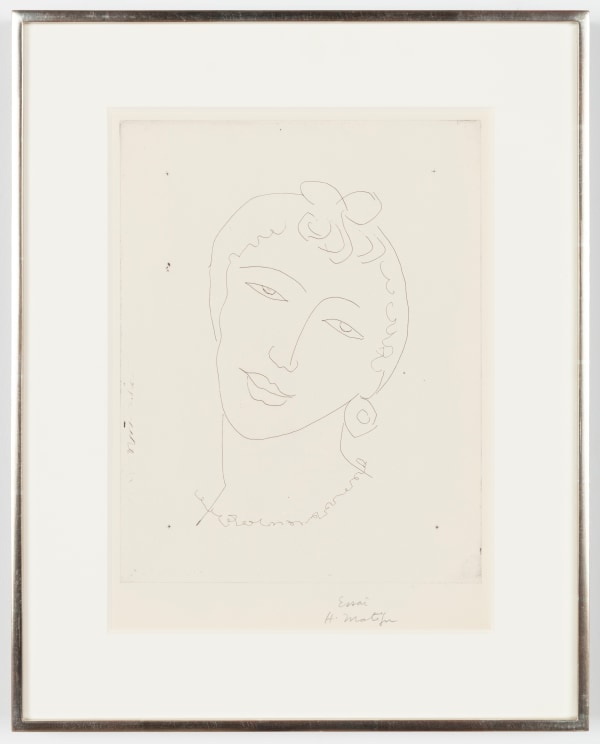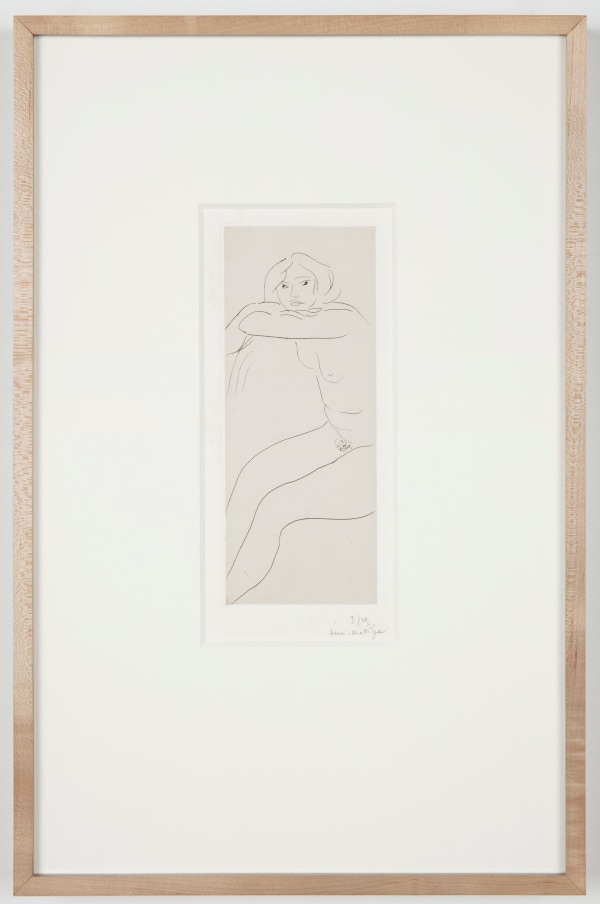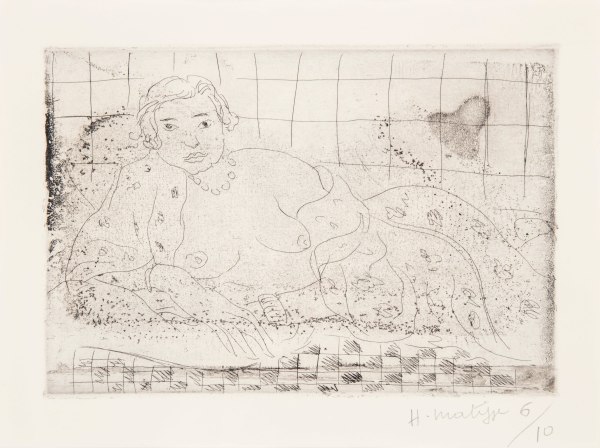-
-
A carefully orchestrated and highly focused survey, Matisse in Black and White explores Henri Matisse’s ongoing relationship with black and white across a variety of media, including painting, sculpture, drawing, various types of prints (drypoints, monotypes, lithographs, linocuts), and illustrated books. Comprising some twenty-five rigorously selected artworks, the exhibition aims to facilitate what one might term “slow looking,” a fundamental principle that informed and nourished Matisse throughout his long career as an artist.
-
On view at our 297 Tenth Avenue gallery, this non-commercial exhibition features artworks with exceptional provenances from both public and private collections, including that of the Matisse family. Honoring Matisse's lofty position in the history of twentieth-century art, Matisse in Black and White also will present visitors with a rare opportunity to evaluate firsthand the continued relevance of his unique aesthetic project, confirming—one hundred and fifty years after his birth—that he remains not only a singular genius with color, but an unparalleled virtuoso with black and white.
-

-
 Henri Matisse, Nature morte aux poissons rouges II (Still Life with Goldfish II), 1914-15, monotype.
Henri Matisse, Nature morte aux poissons rouges II (Still Life with Goldfish II), 1914-15, monotype. -
In emphasizing individual contemplation and extended reflection, Matisse in Black and White will highlight Matisse’s assertion that an artist’s “best spokesman is his work,” while also documenting his personal approach to the creative process, which he succinctly summarized as follows: “My destination is always the same, but I work out a different route to get there.”
-
Works
-
About the Curator
Paul B. Franklin earned his doctorate in art history from Harvard University. Based in Paris, he is an independent scholar and an internationally recognized authority on Marcel Duchamp. From 2000 to 2016, he was the editor in chief of the scholarly journal Étant donné Marcel Duchamp, the most highly regarded publication devoted to the artist and his work. He also worked for many years with Duchamp’s heirs managing the artist’s estate. Paul B. Franklin has lectured and published widely on Duchamp. Some of his most recent publications include “Marcel Duchamp, ses maîtres et ses pirouettes autour de la peinture,” which was the lead essay in the catalogue of the exhibition Marcel Duchamp: la peinture, même (24 September 2014–5 January 2015) organized at the Centre Pompidou in Paris; the book The Artist and His Critic Stripped Bare, a bilingual edition of the correspondence of Duchamp and Robert Lebel, which the Getty Research Institute in Los Angeles published in 2016; and “‘Can one make works that are not “of art”?’: Marcel Duchamp’s Bottle Rack in the catalogue of the exhibition Marcel Duchamp: Porte-bouteilles (14 October 2016–14 January 2017) organized at the Galerie Thaddaeus Ropac in Paris. More recently, Paul B. Franklin curated the exhibition Brancusi & Duchamp: The Art of Dialogue (20 September–22 December 2018) at Kasmin, for which he also wrote the accompanying catalogue. In May 2019, he was elected to the Kungliga Akademien för de fria konsterna (Royal Academy of Fine Arts) in Sweden. -
Join our Newsletter
* denotes required fields
We will process the personal data you have supplied in accordance with our privacy policy (available on request). You can unsubscribe or change your preferences at any time by clicking the link in our emails.
-
Explore
-
Explore
- Diana Al-Hadid
- Alma Allen
- Theodora Allen
- Sara Anstis
- Ali Banisadr
- Tina Barney
- Judith Bernstein
- JB Blunk
- Mattia Bonetti
- William N. Copley
- Cynthia Daignault
- Ian Davenport
- Max Ernst
- Liam Everett
- Leonor Fini
- Barry Flanagan
- Walton Ford
- Jane Freilicher
- vanessa german
- Daniel Gordon
- Alexander Harrison
- Elliott Hundley
- Robert Indiana
- Lee Krasner
- Les Lalanne
- Matvey Levenstein
- Lyn Liu
- Robert Motherwell
- Jamie Nares
- Nengi Omuku
- Robert Polidori
- Jackson Pollock
- Elliott Puckette
- Alexis Ralaivao
- George Rickey
- James Rosenquist
- Mark Ryden
- Jan-Ole Schiemann
- Joel Shapiro
- Bosco Sodi
- Dorothea Tanning
- Naama Tsabar
- Bernar Venet
Join our Newsletter
* denotes required fields
We will process the personal data you have supplied in accordance with our privacy policy (available on request). You can unsubscribe or change your preferences at any time by clicking the link in our emails.








